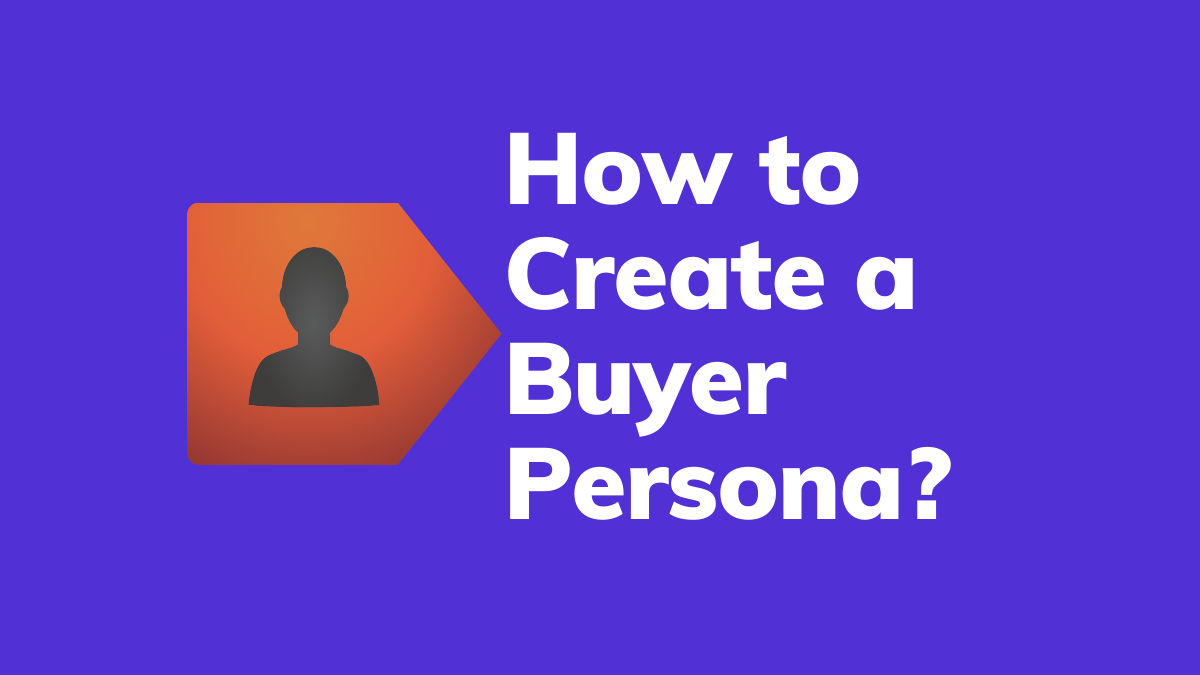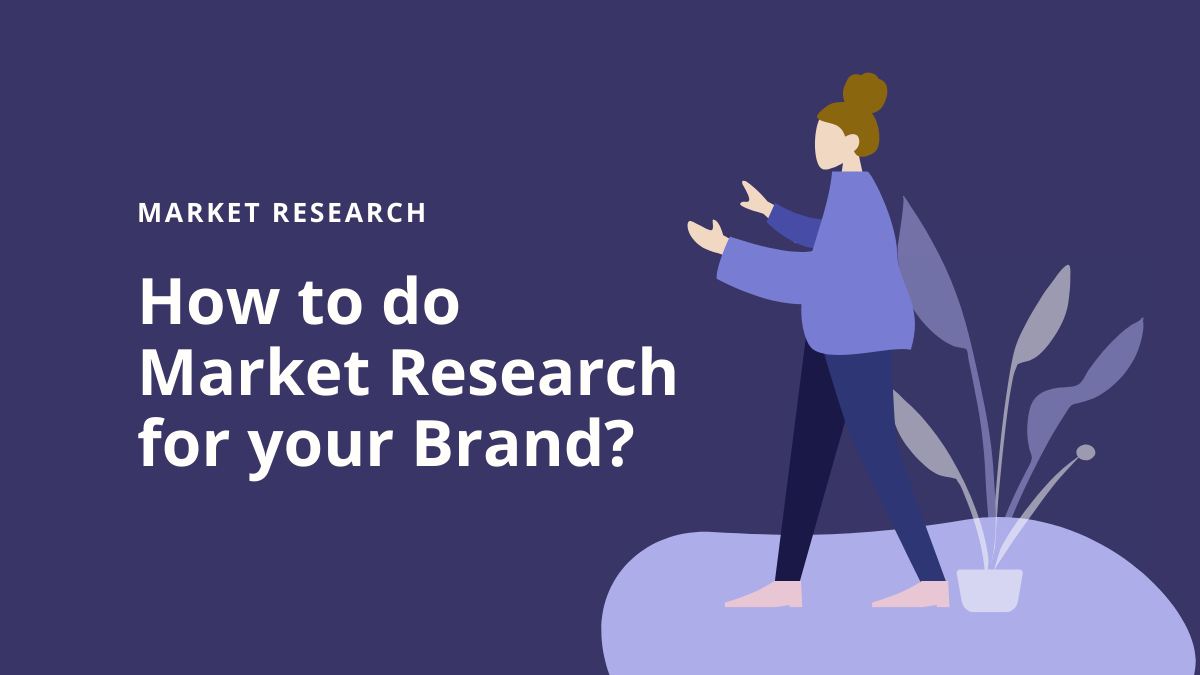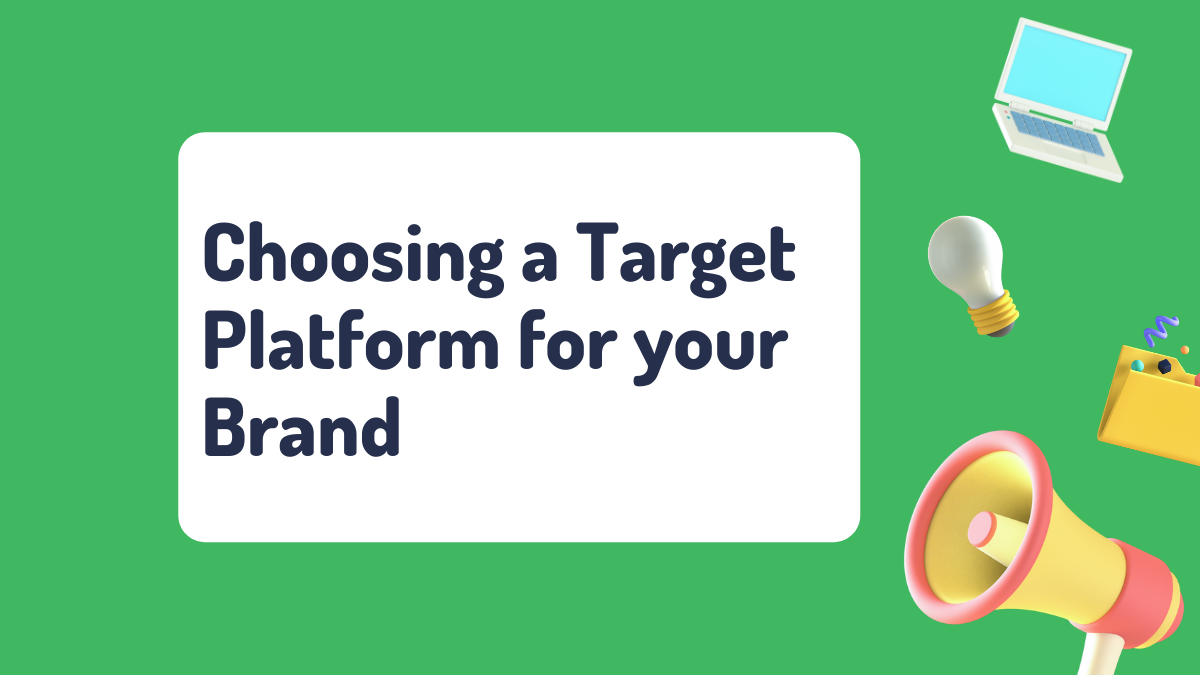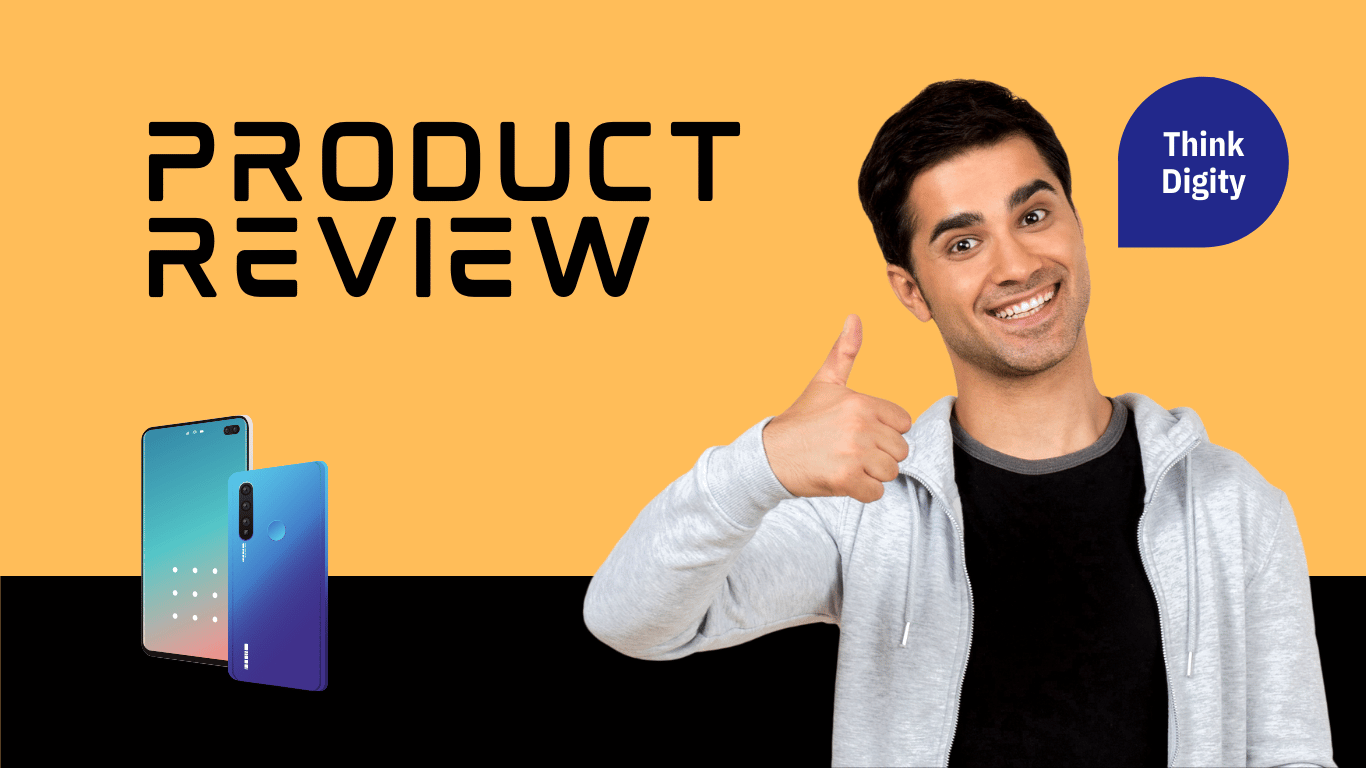
Defining a buyer persona helps you know who to target. Then, you can create content for your buyer personas.
As a marketer, it can be easy to focus on the details of your work. But keeping in mind your audience and their needs is important too. Buyer personas remind you to put your customers’ wants and needs ahead of your own.
A buyer persona is a person who wants to buy your stuff. They are essential because you have to know them before selling them. Unfortunately, today’s people only listen to personal messages and about their experiences.
What Are a Buyer Persona and Hoto ensure Does It Work?
Buyer personas are profiles of your perfect customers. They include the demographics, wants, and needs of those you wish to sell to. To target them effectively, you must know what they like and make it happen again. Buyer personas give you an idea about who is out there and how to find them through social media.
Your buyer personas are the people you want to buy your product; that’s it. There are many ways to choose them.
If your target audience is enormous, you can select a smaller group of people in specific regions or countries with similar characteristics. It means that you won’t have to find all the people in that group.
When you choose a specific buyer persona, you should know as much as possible about them. You don’t just want to sell your product since that only happens sometimes. Instead, you want to create content for your audience and provide value that they can use.
Why Are Buyer Personas So Crucial?
Buyer personas are crucial to all marketers. They are the people whose opinions matter most to them, so it’s important to know what they want. It’s also important because you have to know your audience before selling them your product.
The personas help you by providing valuable information about their demographics, wants, and needs. You can’t just focus on the details of your work because not everyone will buy your product sometimes. You have to concern yourself with providing valuable content for your audience.
What is the Difference Between a Persona and a Target?

Target = The people you want to reach with your product. A target can make up of many different personas.
Persona = Detailed information about one specific kind of individual, including their demographics, wants, and needs. You should know as much as possible about them before selling them to them.
Targeting personas is a great way to increase the value of your product for those who will be using it. However, you have to know what they want and need if you’re making money off the most likely to buy something from you.
How Do Buyer personas Help You?
The procedure of creating a buyer persona is self-explanatory.
You must first consider yourself in-depth when developing a persona. The process alone will expose things to you that you didn’t realize existed before.
You can compare your opinions with your coworkers to see if you agree. Then, you can talk about it.
A buyer persona also aids in the gathering of customer insights and cross-departmental alignment. It will guarantee that marketing, sales, product development, and customer care have access to the same image as your ideal client.
You may then utilize your personas to influence the direction of your job. For example:
- When creating product roadmaps, can use buyer personas. Personas will assist them in determining and prioritizing changes to your goods based on what your consumers want the most.
- Buyer personas determine the marketing of your product or service. Personas help devise content marketing tactics, as they aid in keyword research and serve as a reference when writing content. They may also assist with the identification and prioritization of promotional activities.
- Buyer personas can also aid your sales team in developing a connection with potential clients. Your sales crew will be more successful if you know what the prospect is dealing with and are prepared to address their problems.
Customer support teams can also leverage personas to assist your consumers better. For example, your support team will show more empathy after being educated on the issues your product intends to solve and the frustration it causes when things don’t work out. When dealing with a dissatisfied client, a little empathy may go a long way.
How to Define Your Buyer Personas?
Know who they are, what they need/want, their goals and objectives.
The first step towards creating product buyer personas is to understand the various potential customers in your market. In addition to knowing your client’s demographics (age, income, education level, etc.), you should also recognize their behavioral traits. It knows the “who and the why” will help marketers craft a message that appeals to those specific individuals.
After you’ve identified your audience, it’s time to consider what they want and need. What problems are they trying to solve? How does your product or service fit into that “why?” These needs may change as industry trends, technology, and environmental conditions change.
It’s important to remember that buyer personas are not concrete. You will probably need multiple depictions of your customers: one for marketing purposes and another for sales. Each medium requires a different type of communication, and thus, a different approach is needed to reach their target audience.
Research Your Buyer Personas
To have a good persona, you need to do some research. Even if you know who most of your clients are, it is worth it to look at other people.
Who is Buying From You?
It’s usually simplest to start with what you know. To begin your study by looking at your current clients. Here are some questions to get you going:
- Who was the first person to contact you at your company?
- Were they the ones who made the ultimate decision?
- What is their workday like?
- Is your business’s primary point of getting someone who works for you?
- What are their responsibilities at work?
- Do they manage people or operations?
- Do they have a superior who answers to them, or do they make most decisions?
- What does their home life look like? How do they live at their house?
- Do they have any interests?
- What’s their age?
- What’s their marital status? Do they have children or not?
Now that you know what a buyer persona is, how does it work? You’ve probably already done some buyer persona research without even realizing it. To answer this question, let’s look at the features of buyer personas and how to create one.
Talk to Customer-Facing Employees
The most excellent approach to get a feel for your clients is speaking with the individuals they already interact with. Discuss what you do and how it relates in some way, shape, or form, even if there isn’t an obvious link!
Make contact with your clients.
Ask them what you do and how it’s helping the industry as there are many ways to impact a business. In addition, asking your clients about their personal life can help paint a complete picture of who they are.
Take detailed notes during every conversation. The slightest bit of information could be the key to creating your persona!
Who Would You Like to Buy From You?
Consider who you might want to sell to in the future once you’ve gathered as much information as possible on your existing clients.
Is there a prospect that your marketing and sales staff can’t convert? For example, perhaps your competition has been highly successful in a particular market sector.
If you’re not sure who to sell your goods to, we recommend starting by examining your competition.
Where is Your Competition Seeing Success?
Are you marketing your business in the right way? Are your competitors seeing a lot of success with specific segments that could be an area for growth and expansion but not yet fully developed or established as customers’ preferred choice? Check out their website!
They’re undoubtedly formulating content and sales propositions relevant to that market. You may discover a lot about your unrealized ideal buyer personalities by looking at how your competitors succeed.
What do you want your company to accomplish in the future?
Another fantastic approach to developing buyer personas for prospects you haven’t acquired is to consider where you want your business to create.
For example, we frequently deal with home builders attempting to break into higher markets. Even if they do not have clients in that market, we try to study the buyers. We examine our clients’ competition to see what they’re doing to attract that market and look at those purchasers precisely to determine what they’re looking for in a new home.
You may also apply this to your business. Look at the people you’d want to bring on as clients in the future and do the same research as above to see what they care about, what their lives are like, and what difficulties they face that your organization can solve.
Determine How Many Buyer Personas You’ll Need
You can now decide how many buyer personas you’ll define once you’ve examined and organized your study. However, it’s wise to remember that you don’t have to address everyone right away.
If you’re just getting started with the inbound marketing process and are unfamiliar with buyer personas, it may be best to create buyer personas for only the market segments you deal with the most. Of course, you may always add or modify buyer personas as your understanding grows and you obtain more data on your leads and prospects.
Check Out Your Own Analytics
Our last advice for the research stage of developing your buyer personas is to look at your analytics. You’ll find no better, more accurate data on your ideal customers than through the data collected by your website, social media ads, and pay-per-click advertising campaigns.

Take a look at both reports, and pay close attention to your ad’s click rates. When looking at your website analytics, please pay attention to the pages visited most frequently by your visitors and which stay longest on their screens.
Is it possible to identify which items are the most popular among your visitors? What is the breakdown of who downloads each offer? These questions have answers that can help you create relevant, effective buyer personas.
Segment Your Buyer Personas
The research phase is indeed the most time-consuming. After you’ve completed that part, feel free to take a break. Leave your study alone for a while and let it marinate. You’ll have all of the information you need to begin writing your buyer personas once you return.
It’s entirely up to you and your firm how you categorize your buyer personas. Of course, you’re the most familiar with who you’re in touch with. But, if you’re not sure where to begin, here are two typical methods for segmenting your buyer personas:
Buyer Segments by Industry
One of the most common ways to group your buyer personas is by their industry. It works well for firms dealing with clients in different countries, states, or provinces.
The benefit of segmenting buyer personas by industry is that it allows you to create well-balanced buyer profiles based on your buyers’ specific needs and challenges.
Buyer Segments by Niche
If you have a specific industry to tackle, it’s best to create buyer personas by niche within that industry to provide more focused marketing messages. For example, an auto mechanic may want to develop separate client profiles for customers who need their gas tanks refilled instead of those who wish to break work.
This technique is also effective for organizations that serve multiple markets but less frequently than their competitors. Creating buyer personas by niche helps companies reach out to specific groups of clients quickly and efficiently. It’s worth noting that creating these personas doesn’t mean you should ignore other places within your industry!
By Job Title, Buyer Persona
For most companies, their sales process is the same no matter what industry they work in—even bound works with people who make things, like homebuilders and manufacturers. But even though these people are different from each other, they all go through the same kind of sales process to find a partner for marketing. So we have divided our buyers into different segments by the type of work they do.
Buyer personas can also create based on job titles. It is an effective strategy when you’re in a highly regulated industry where it’s common for employees to use different labels for their jobs. You’ll find plenty of buyers who are small business owners with “C-level” titles like CEO or CFO.
Let’s take a look at our buyer personas based on job titles:
- Enterprise Sales Executive (Senior-level employees with annual sales of $5 million $20 million)
- Regional Sales Manager (Mid-level employees with annual sales ranging between $2 million and $5 million)
- Enterprise Solutions Architect (Mid-level employees with annual sales ranging between $2 million and $5 million)
- Software Developer (Entry-level employees with yearly sales of less than $500,000 for an IT firm or less than $1 million in business software applications for a developer company)
- Marketing Director (Entry-level employees with annual sales of less than $500,000)
Segments Do thorough audience research.
Your buyer personas should base on actual-world data rather than gut instinct. Here’s a quick rundown of how to research your audience and what you need to know. Then, check out our guide to audience research for a more thorough look at these ideas.
Compile information on your existing customers and social audiences.
Consider details like:
- Age
- Location
- Language
- Power of money and how to spend it.
- Attention
- Challenges
- Stage of life
For B2B, also consider the size of businesses. It is essential to think about who makes the decisions in these situations.
Gather this information from:
- Facebook Audience Insights is a tool that can help you find out more about your audience.
- Your customer database
- Google Analytics
Learn which social channels your audience uses
You need to use the appropriate media to contact your consumers. Begin by determining where your clients spend their time on the internet. Some fantastic resources for assistance include:
- Hootsuite: Find out what people say about your brand on top social media sites, hashtags, and authors using Hootsuite Insights Powered by Brandwatch.
- Keyhole.co: Find the best-referring sites for relevant hashtags by going to top referring sites for popular hashtags
- Google Analytics: See which social media platforms appear in your referral traffic report.
Check out the competition.
Take a look at what your competition has done to learn from their prior research, using tools such as:
- Buzzsumo: To look for top shared content on social networks, as well as engagement data.
- Search streams: Set up streams in your Hootsuite dashboard to keep an eye on your rivals’ postings and look for trends in hashtags, post type, and content strategy.
Check out our complete guide on performing competition research with social media for more in-depth methods.
Create your buyer personas
Now that you’ve finished your research, it’s time to put it all together and look for common traits. As you combine the features into categories, you’ll have the groundwork for your unique buyer personas.

Let’s pretend you’ve discovered a core customer group of dads in their 30s who live in big cities like camp and ride motorcycles. Fantastic—now it’s time to transform this vague collection of qualities into a persona you can identify and communicate with.
Give your buyer persona a name, a job title, a place to live, and other identifying characteristics. You want your persona to seem like a genuine individual.
Aim for roughly the amount of information you would get on a dating site. Or what you might pick up from a brief discussion on an airplane or at a bus stop. Don’t forget to include problems and objectives as well.
For example, your motorcycle-owning urban dad camp group may represent the persona you choose to call Moto Mike.
You’ll use data to create a profile of David based on your research.
You’ll provide David representative qualities that make him real:
- He is 45 years old
- He has two kids, aged 3 and 1
- He lives in New York
- He works for a technology firm.
- He owns a driving motorcycle
- He likes camp throughout New England
- He has only so much vacation time left.
- He wants to discover the best deals near him.
- And so on.
A list of characteristics does not a persona make. A persona is a realistic portrayal of a person representing one part of your market.
Yes, not all people in this client group precisely match your persona’s features. But by using this persona, you may consider them human rather than a statistic.
It’s a lot easier to talk to Mike than speaking with “men.” Or even “35-year-old dads who ride motorcycles.”
As you develop your customer personas, explain who they are now and who they want to become. That allows you to consider how your products and services may help them get there.
Examine these buyer persona examples to help you develop your own.
We’ll explore it further and look at various buyer persona examples from other businesses. You may use this information to determine which format is best for you and your company by examining what other firms employ. You can explore which facts you should include or arrange to create a more helpful buyer persona.
While the elements of most buyer persona examples will be pretty similar, some minor variations can make a significant difference. We’ll look at B2B and B2C marketing persona templates to illustrate them.
B2C Buyer Persona Examples
Let’s look at a few B2C buyer persona samples to get us started. In this scenario, you’re selling directly to a consumer – someone who is making financial decisions using their own money and judgment.
While work details are crucial to include in a B2C buyer persona, you don’t have to provide as much information about their job titles and responsibilities as you would with a B2B buyer persona. Instead, please focus on the person in their everyday lives and how they make personal purchases.
In the first of our examples, you need to know that a person can be short and still tell a message.
B2B Buyer Persona Examples
For our next group of buyer persona examples, let’s look at customer descriptions of B2B or business-to-business firms.
The B2B buyer persona examples, like the B2C ones, are primarily focused on the client—however, the specifics of where the perfect customer works and what they include in these samples. For example, they might not be in charge of making purchasing decisions for their company, so those aspects must consist of in your description.
For Example, Whiskey Forge makes software that assists small businesses in creating websites. The founders knew that their biggest challenge would be marketing to the bus in your description must include that aspects researched their ideal customer, which represents below (and also here ).
The ClearVoice persona illustrates a short description covering all of the essential details for a B2B persona. It explains who John is while also providing critical information about his job role and capacity to make judgments at his company.
If you’re not sure what your brand is, check out this article from The Muse. It will show you how to make a simple yet effective résumé that includes all critical data. Your persona can be as brief as you want as long as it has all the required information.
One of the buyer persona samples given on Referral Saasquatch shows how to include even more information about purchasing decisions. It illustrates that the persona is the decision-maker and who impacts his purchasing choices.
Conclusion
Buyer personas are based on market research and can help you adapt critical elements of your sales and support to succeed better. It’s essential to your attempts to attract and keep clients that you know the types of people who benefit from your solutions and the difficulties they face.
You’ll learn that some aspects of your campaigns work well with buyer personas while others fail. By knowing the customer you’re hoping to reach, you’ll be able to improve your ROI and achieve your goals.
Please keep this buyer persona example handy as you create yours today. We hope this post helped give you ideas about using our model when designing your brand!






